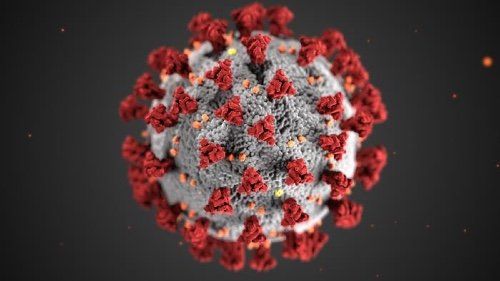
Prostate Cancer
Latest News
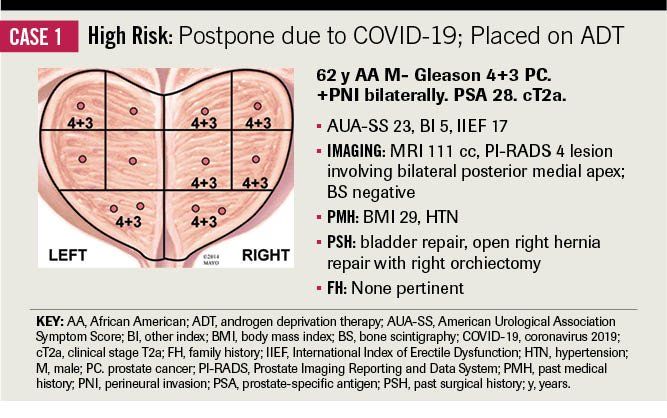
Latest Videos
More News

The model was able to use data from each treatment cycle to estimate intratumor subpopulations and accurately predict the outcomes in each subsequent cycle.

Results from the trial showed a statistically significant and clinically meaningful improvement in overall survival with olaparib versus enzalutamide or abiraterone in men with metastatic castration-resistant prostate cancer selected for BRCA1/2 or ATM gene mutations.

A prognostic survival model, titled PROVIEW, was able to accurately predict changing cancer survival risk over time and may have the potential to be a useful prognostic tool that can be completed by patients.

The prostate cancer expert discussed guidelines that he and his colleagues culminated for triaging patients with prostate cancer during the COVID-19 pandemic.
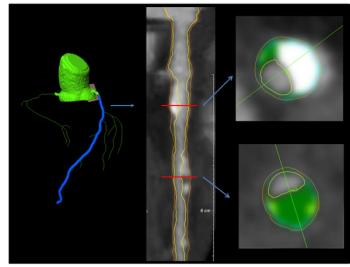
Experts discuss the case of a 69-year-old man with a history of metastatic prostate cancer previously treated with androgen deprivation therapy with leuprolide.

A recent study found that a group of patients with metastatic castration-resistant prostate cancer responded positively to treatment with ipilimumab, prolonging survival after treatment in the “favorable” cohort.

An international team of researchers created a framework of recommendations to help patients and healthcare professionals make decisions regarding radiation treatment for patients with prostate cancer during the COVID-19 pandemic.

A recent study analyzed response to treatment of oligometastatic prostate cancer with stereotactic ablative radiotherapy and found improved oncologic outcomes among men.

Prostate-specific membrane antigen PET/CT was found to be a suitable replacement for conventional imaging in patients with prostate cancer, providing superior accuracy to the combined findings of CT and bone scanning.

In this study, polypharmacy during the 6-month time period pre-IV chemotherapy was highly predictive of post-chemotherapy inpatient hospitalization.

These data suggest that clinicians should prescribe a short-term exercise program at the beginning of ADT to attenuate these important treatment-related side-effects.
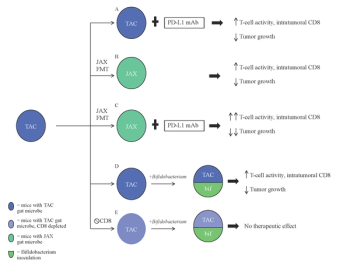
This review article discusses the concepts of a tumor microenvironment and a gut microbiome and their effects on responses to checkpoint inhibitors (CPIs). It also reviews recent research investigating these 3 topics, and how it can be applied to using CPIs in prostate cancer.
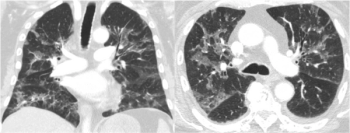
Two case reports and a review of PCP in patients with solid tumors.

HSD3B1 may help identify more men who are likely to benefit from escalated androgen receptor axis inhibition beyond gonadal testosterone suppression according to the researchers.

The use of statins, alone or in combination with metformin, was found to be associated with lower all-cause and prostate cancer mortality among high-risk patients, particularly in post-diagnostic settings.

Phase II trial results found that phenelzine, a monoamine oxidase inhibitor typically used as an antidepressant, showed promise for patients with biochemical recurrent castrate-sensitive prostate cancer.

In this study, researchers suggested that patients who play a more active role in making decisions about their prostate cancer surgery are less likely to experience “decision regret” about their choices.

Researchers in this study found that though SBRT use more than doubled from 2010 to 2015 in patients with prostate cancer, it only accounted for less than 10% of all patients undergoing radiotherapy.

This study found that men with low baseline PSA levels could be screened less frequently, while men with higher baseline levels would benefit from more intensive screening strategies.

Given these data, the researchers indicated that physicians screening for this cancer type should account for strong age dependence.

The investigation of darolutamide plus ADT in men with non-metastatic castration-resistant prostate cancer indicated a significant improvement in overall survival in this patient population.

A study of the Veterans Affairs health system found that, despite trends suggesting otherwise, African American men with prostate cancer had similar survival outcomes, compared with non-Hispanic white men.

This study suggested that along with pelvic floor underactivity, men who had a prostatectomy and experienced stress urinary incontinence as a result have pelvic floor overactivity as well.

This research found that combining family history and a genetic risk score could better stratify inherited risk for developing prostate cancer.

The FDA granted priority review to rucaparib for the treatment of adult patients with BRCA1/2-mutant recurrent, metastatic castration-resistant prostate cancer.




